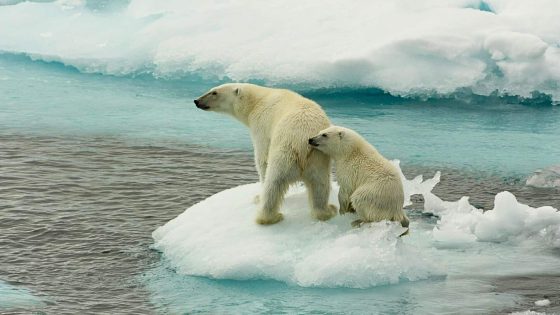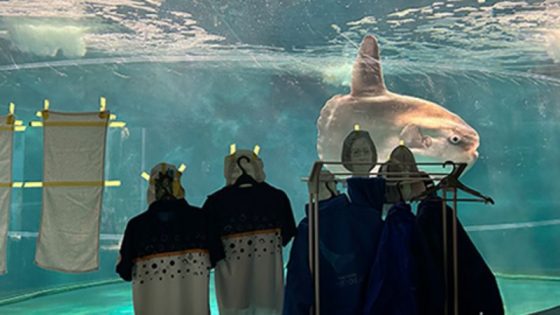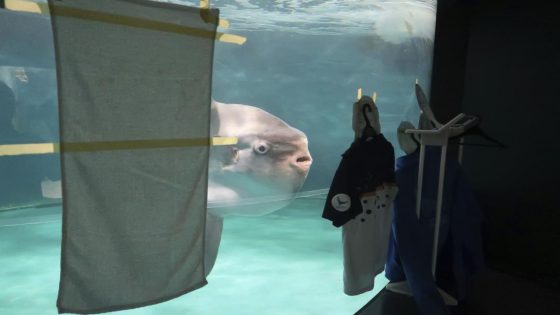A study from the University of Toronto Scarborough has established a direct connection between shrinking sea ice due to climate change and a significant decline in polar bear populations in Western Hudson Bay. The research, published on February 1, 2025, highlights how reduced hunting opportunities on sea ice lead to energy deficits, lower reproduction rates, and a potential collapse of this species.
- Climate change links to polar bear decline
- Sea ice loss affects hunting opportunities
- Bio-energetic model tracks energy dynamics
- Cubs face heightened survival challenges
- Global implications for polar bear populations
- Urgent call for climate action needed
Polar bears depend on sea ice to hunt seals, their main food source. With rising global temperatures, Arctic sea ice is melting rapidly, particularly in Western Hudson Bay, where polar bear populations have been monitored for decades. The study indicates that between 1979 and 2021, these populations have decreased by almost 50%. The lead researcher, Louise Archer, stated that reduced hunting time leads to energy deficits, affecting reproduction and cub survival rates.
The researchers created a bio-energetic model to analyze the energy dynamics of polar bears throughout their lives. This model aligns closely with four decades of monitoring data, showing that as bears spend more time on land due to ice loss, they deplete their fat reserves. Key findings include:
- Adult female body mass has decreased by 39 kg (86 lbs).
- One-year-old cubs have lost 26 kg (47 lbs) over 37 years.
- Litter sizes have dropped by 11%.
These changes have dire implications for cub survival, as mothers under nutritional stress produce less milk. The study emphasizes that the survival of cubs is critical for the overall population’s sustainability. With the Arctic warming at a rate four times faster than the global average, similar declines may soon affect other polar bear populations globally.
The findings from this research underscore the urgent need for action to address greenhouse gas emissions. Without significant reductions, the long-term survival of polar bears and many other species remains at risk. This study illustrates the interconnectedness of climate change and wildlife health, highlighting the importance of taking immediate steps to mitigate these effects.

































